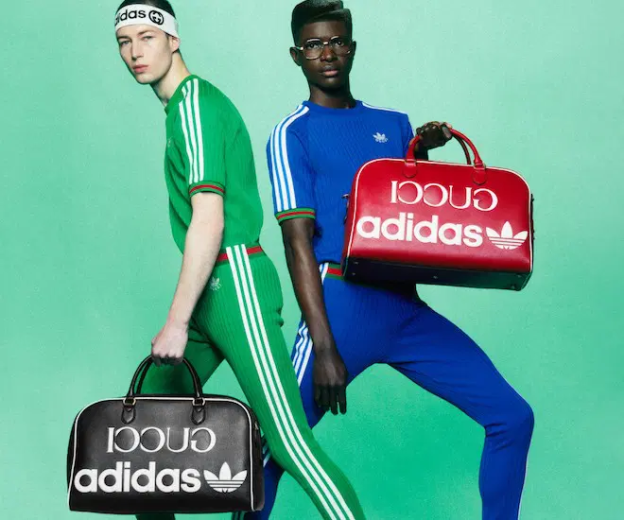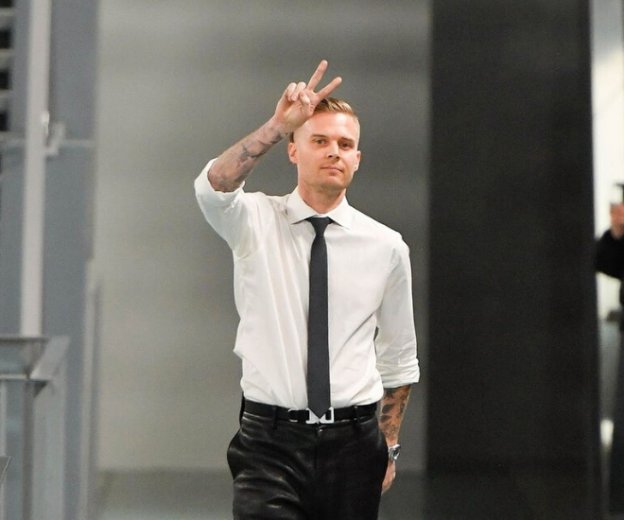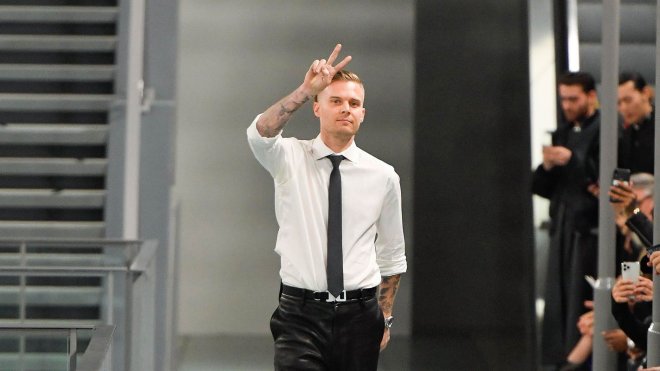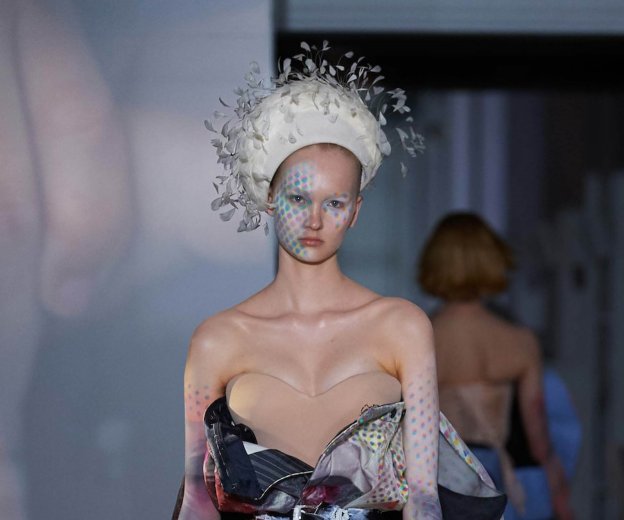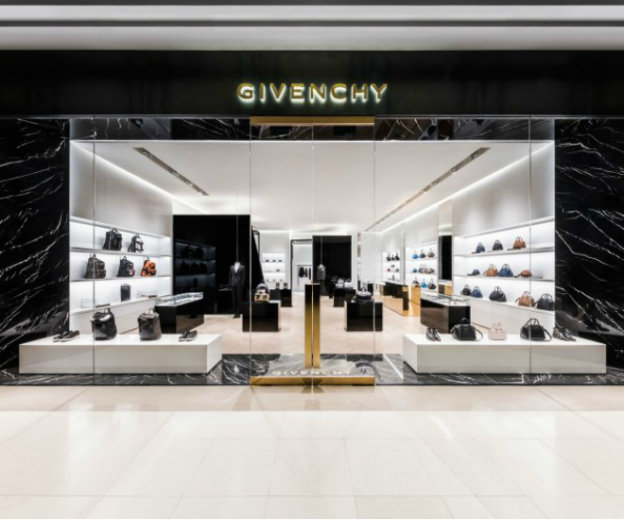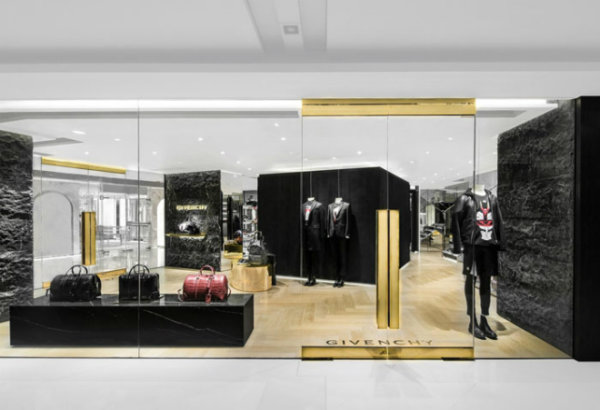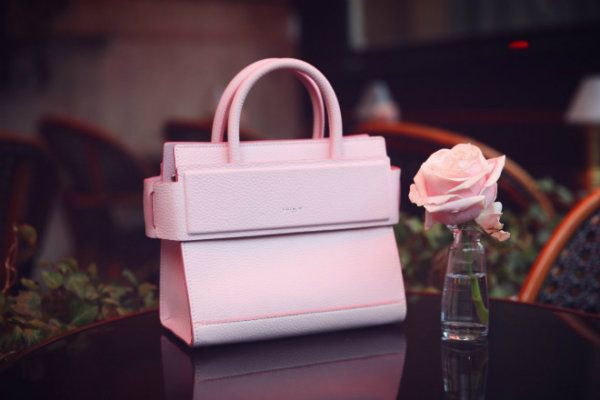
For many, buying a luxury good marks a milestone in their professional life. This is especially true for the new generation of spenders who have just started their careers, and making that big purchase signifies a transition from youth to adulthood. The penchant for the consumption of luxury in this burgeoning group is one that many brands cannot afford to ignore. They will, in the future, be the core that will help to bring in revenues and it does not hurt to start a relationship from the beginning.
While the appetite for luxury is huge for this group of spenders who are in their 20s or 30s, they might not have the means to make that full purchase readily. Hence, there is a gap that exists between the desire to buy and the ability to pay. To address this rift, companies are created and a new phenomenon called “Buy Now, Pay Later” (BNPL) is introduced to society.

BNPL is a relatively new payment method that got popularised in recent years. The concept is similar to traditional credit card instalments but what differentiates BNPL is the non-requirement for checking credit scores. This is a huge boon for Gen-Z and millennials who might not meet the requirements for a traditional credit card but still aspires to buy that piece of luxury goods. At present, payment providers like Klarna, Afterpay and Affirm are some of the most common services sought after by both brands and consumers.
For luxury brands aiming to penetrate the youth market, BNPL is the perfect solution. Using the BNPL scheme allows these spenders to spread the cost of their purchase over several instalments, which can range from three to six months depending on the provider. This allows younger buyers with less disposable income to finance their purchases in parts and be in a better position to control their money.
“Splitting a high-priced purchase into a few payments allows consumers to buy the products they aspire to own without pressuring retailers to promotionally price,” Marie Driscoll, managing director of luxury and fashion at Coresight Research, New York shares. “BNPL supports brand equity, whereas promotional pricing erodes brand equity.”

As with any other payment plan, there are penalties if payments are not made according to the set schedule. While BNPL providers do not conduct a “hard search” of a person’s credit history, the companies still do a “soft search” to weed out borrowers with bad records. If a payment deadline is missed or delayed, it could potentially be detrimental to a person’s credit score. For young people just starting out, this is a crucial point to take into consideration.
Fintech companies like Klarna and Afterpay are estimated to rake in revenues between US$4 to US$6 billion by next year, according to a report by McKinsey and much of this growth is attributed to younger, risk-averse consumers.
With greater spending power, youths across the world are becoming more willing to part with their money. While mature economies in the West are seeing younger spenders, the main bulk of consumers is actually coming from the East in the Asia-Pacific and Southeast Asia regions. Its youth population is adept with fintech services, and coupled with rising income due to robust economic growth and low unemployment, it is the perfect recipe for success for both the service providers and luxury brands.

Recognising the youths as a market not to be missed, BNPL providers have partnered with a host of luxury brands including Gucci, Balenciaga, Bvlgari, Givenchy, Bottega Veneta and others. Luxury retailers have also come onboard like Saks Fifth Avenue and Neiman Marcus. The point for these merchants is to extend their customer base by attracting those who previously were not able to readily buy luxury goods, so it is a win-win situation.
However, with luxury becoming more accessible, then does it lose its allure in the long run? In a way, yes, its attractiveness does somewhat diminish if one is to quantify luxury in terms of its monetary value. While using price values to determine a status of a luxury good is commonplace, it is not the only determinant. It is a myriad of factors that could include intricate craftsmanship in making the product, the long heritage associated with the brand and the entire experience or journey in acquiring that particular item of interest.

Even though a majority of BNPL users are Gen-Z and millennials, there is also a group of spenders who falls outside of this age group and are financially capable of paying in full. But they still choose to use these services because it is more convenient. Hence, luxury brands stand to expand its consumer base further to include this new pool of spenders.
In an ideal world, it would definitely be great if consumers were all able to pay in full, but the reality is that not everyone can afford a large sum of money at a go. A luxury good can only be luxurious if it can be attainable. If one has no means to attain a luxury good then can it really be called luxury in the first place?
For more Arts, Culture, & Lifestyle reads, click here.
